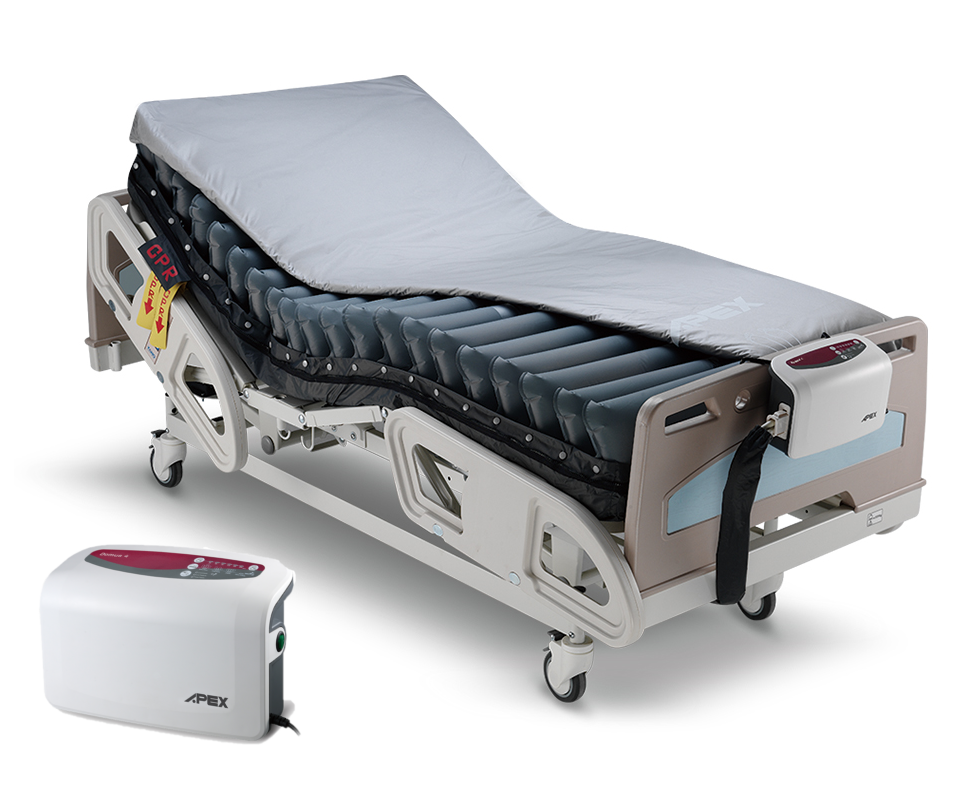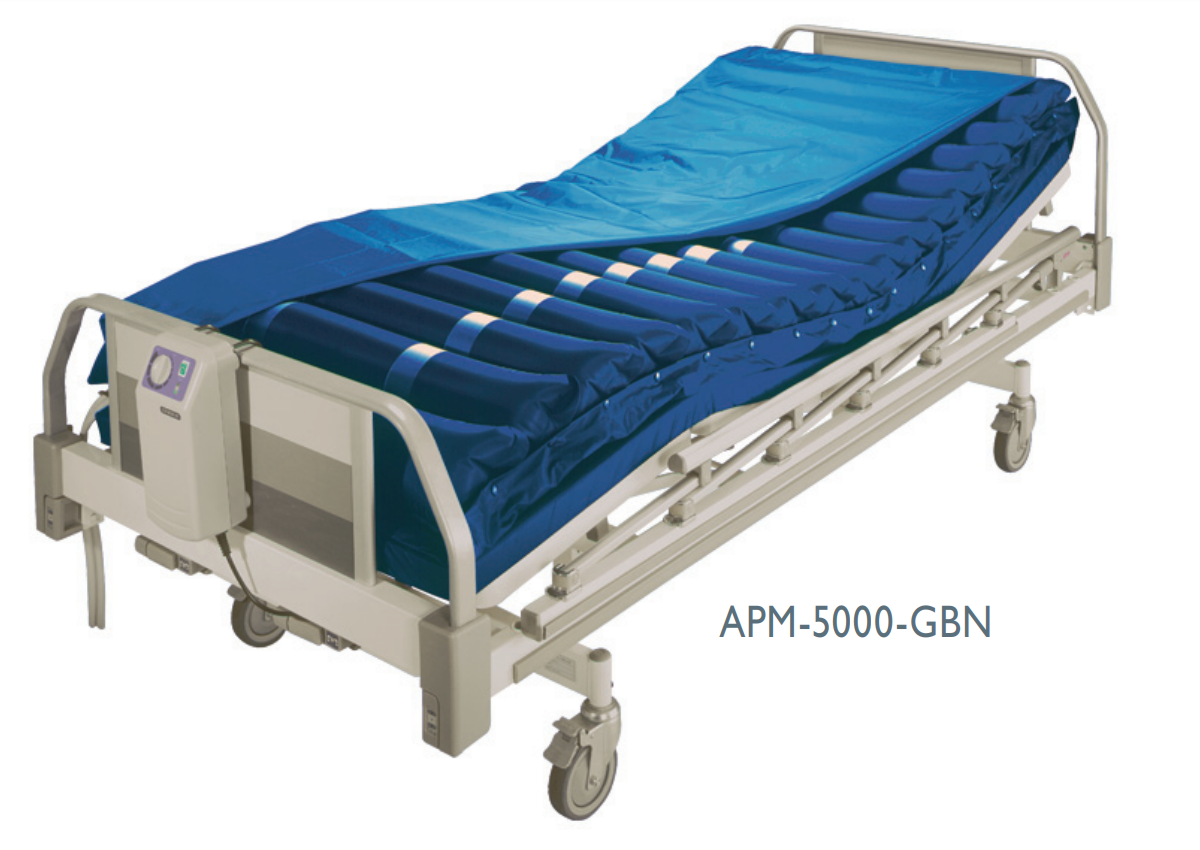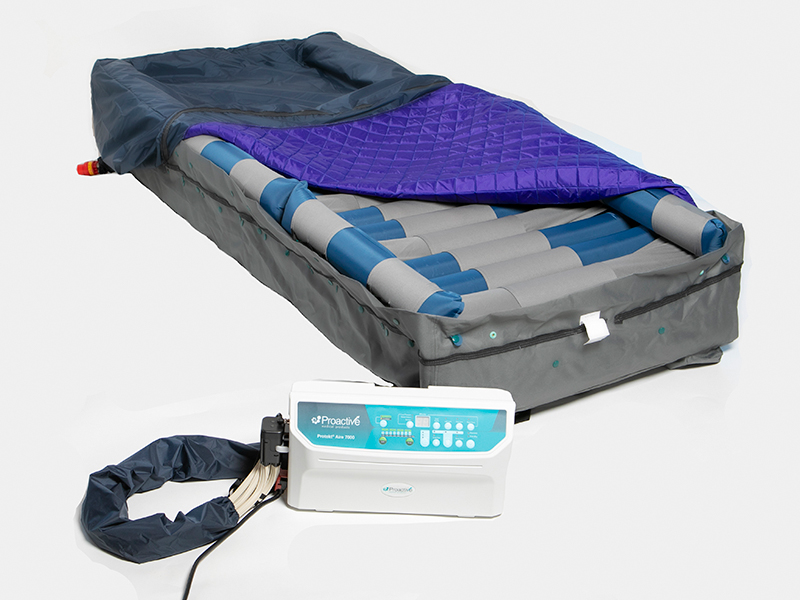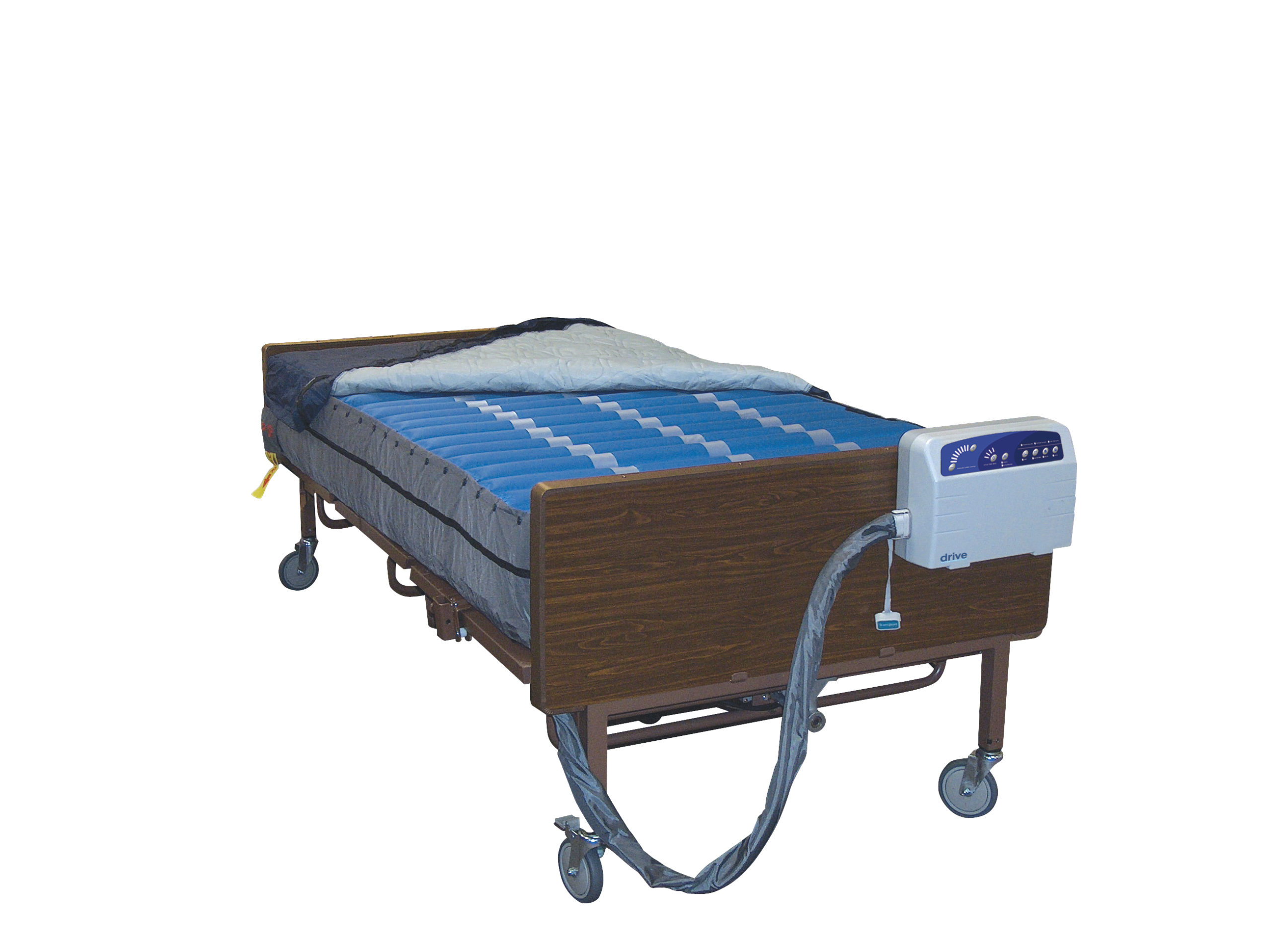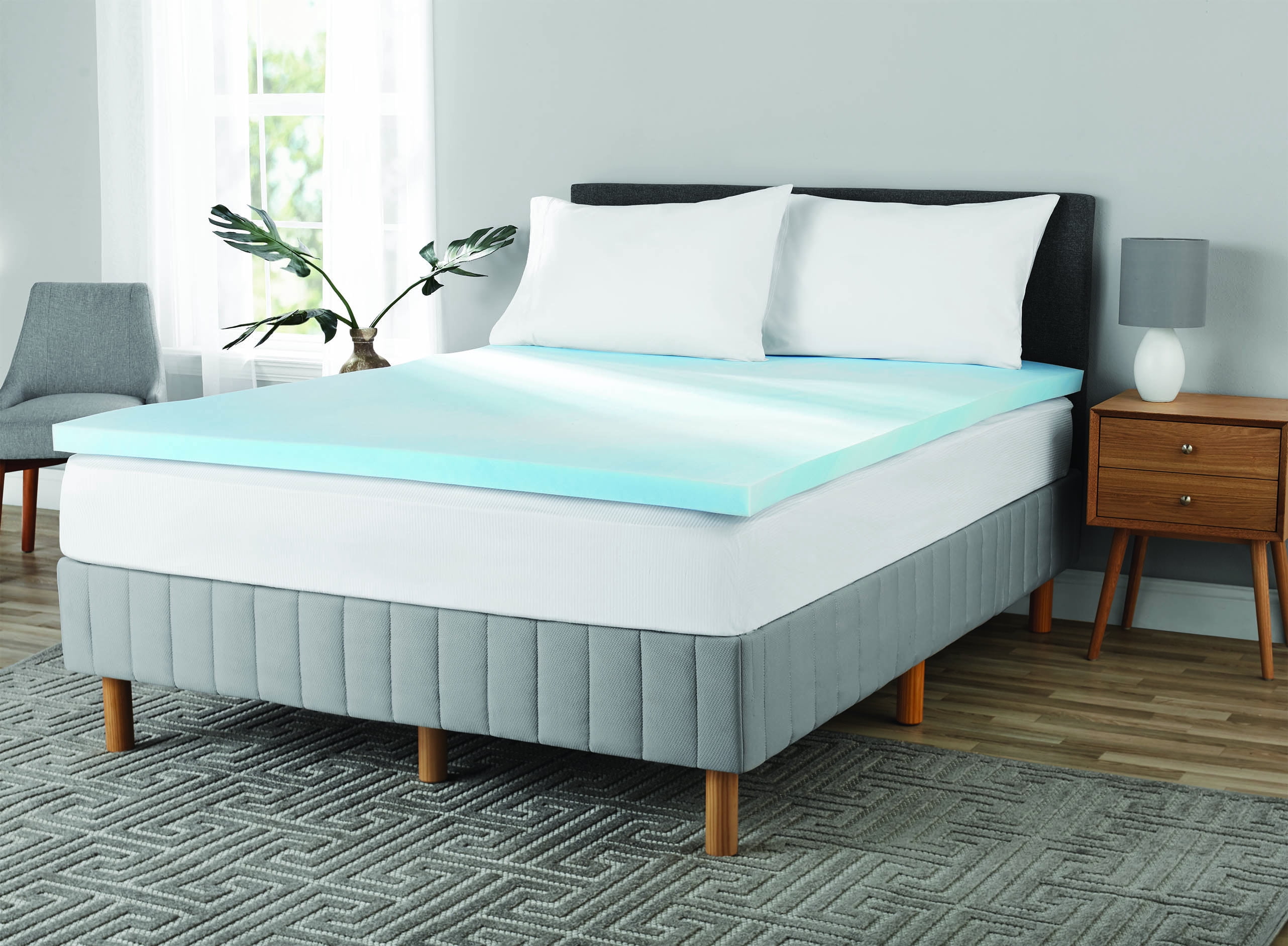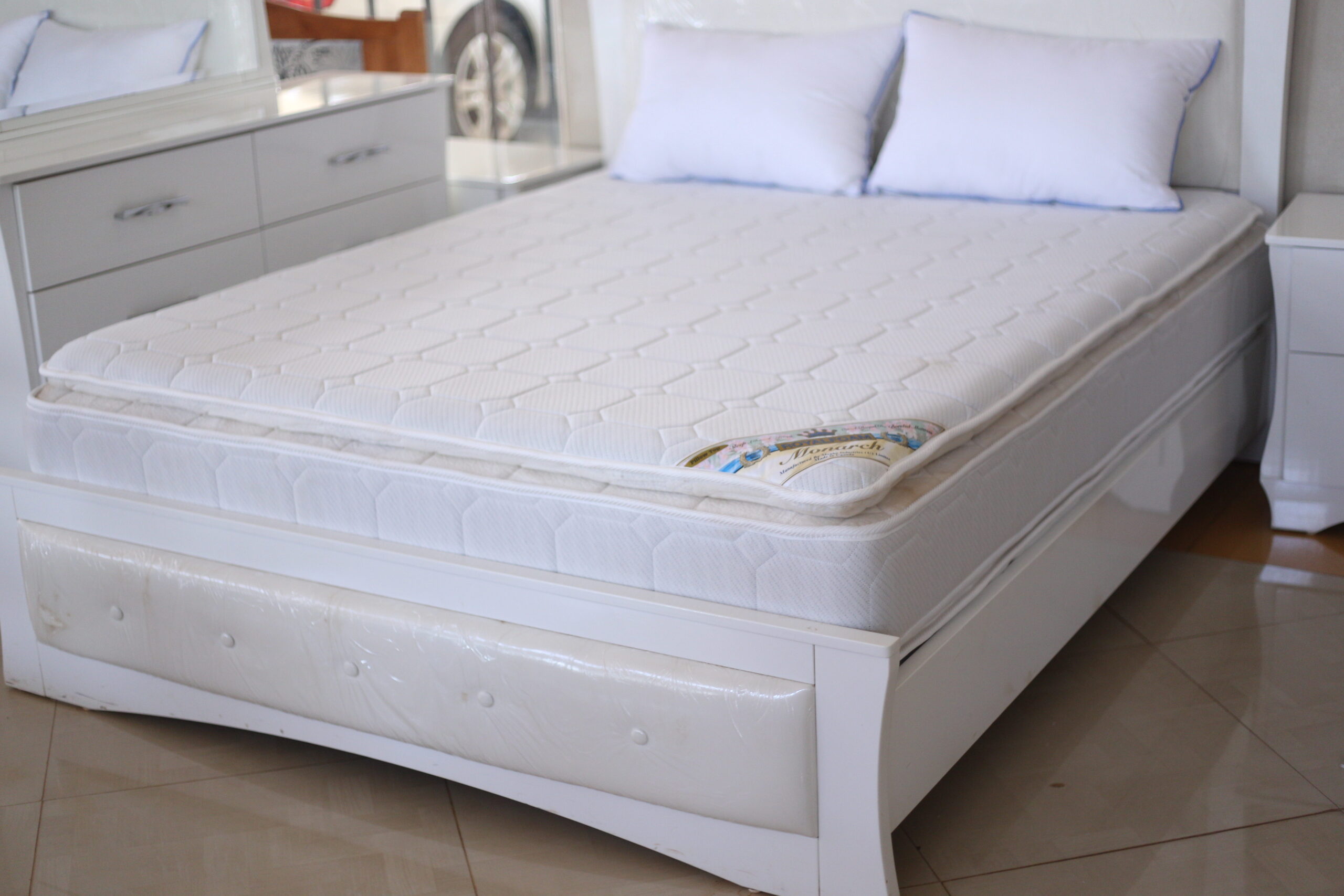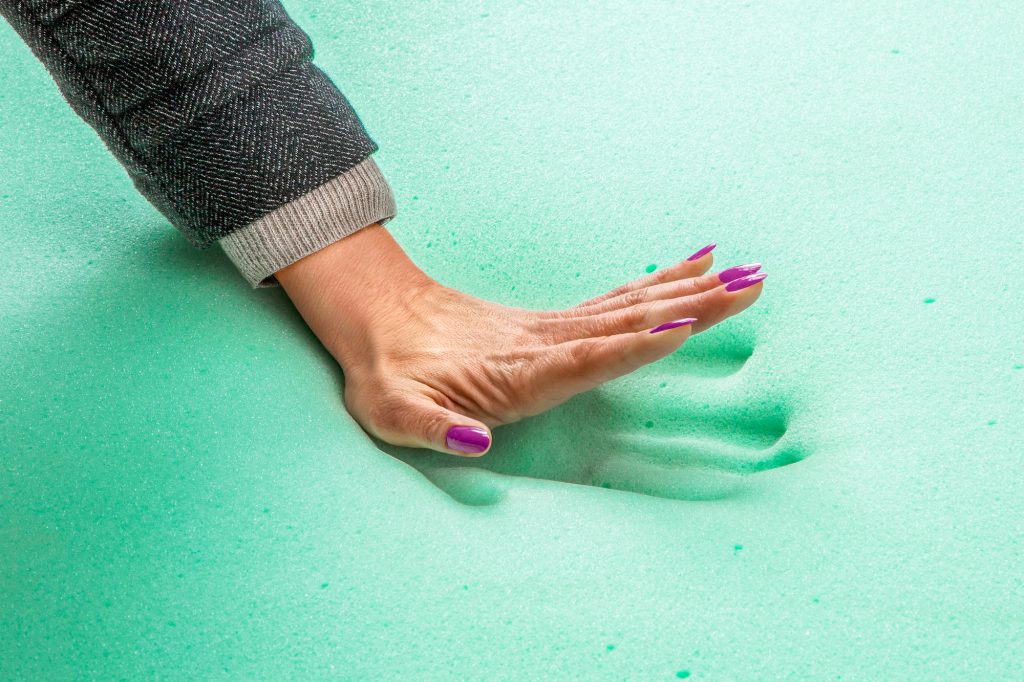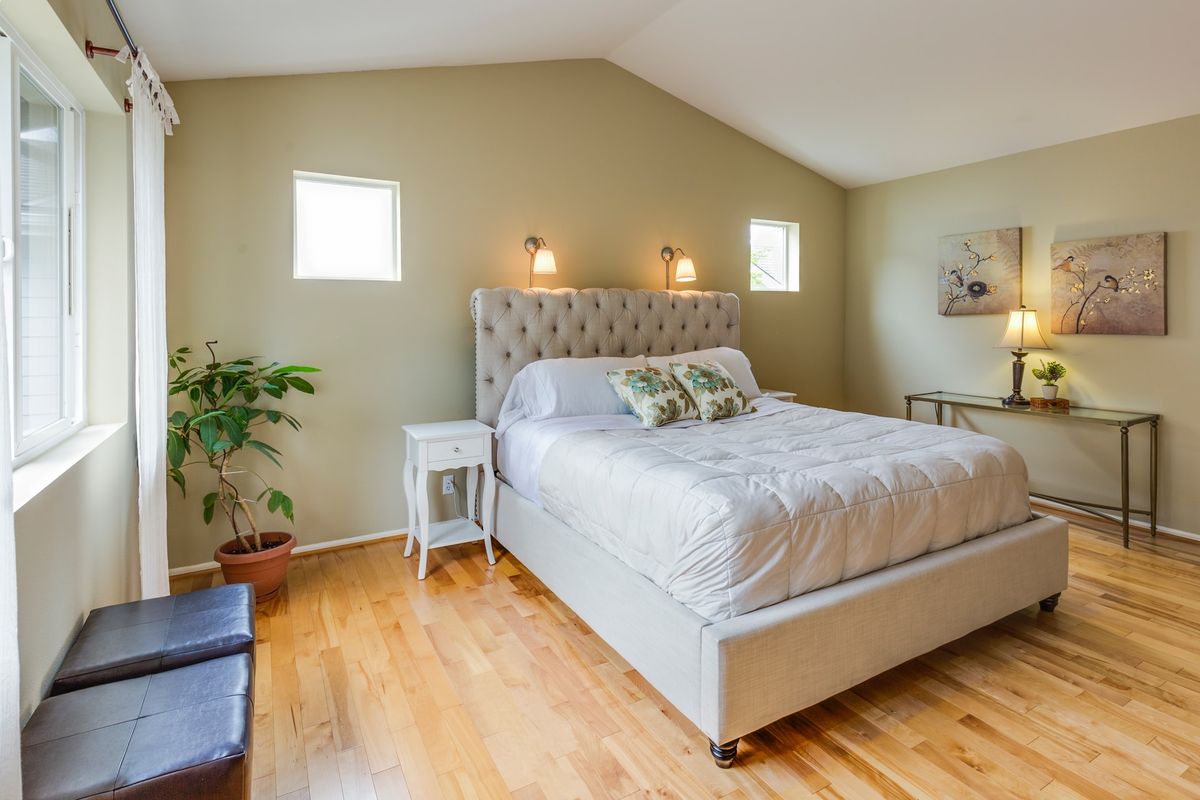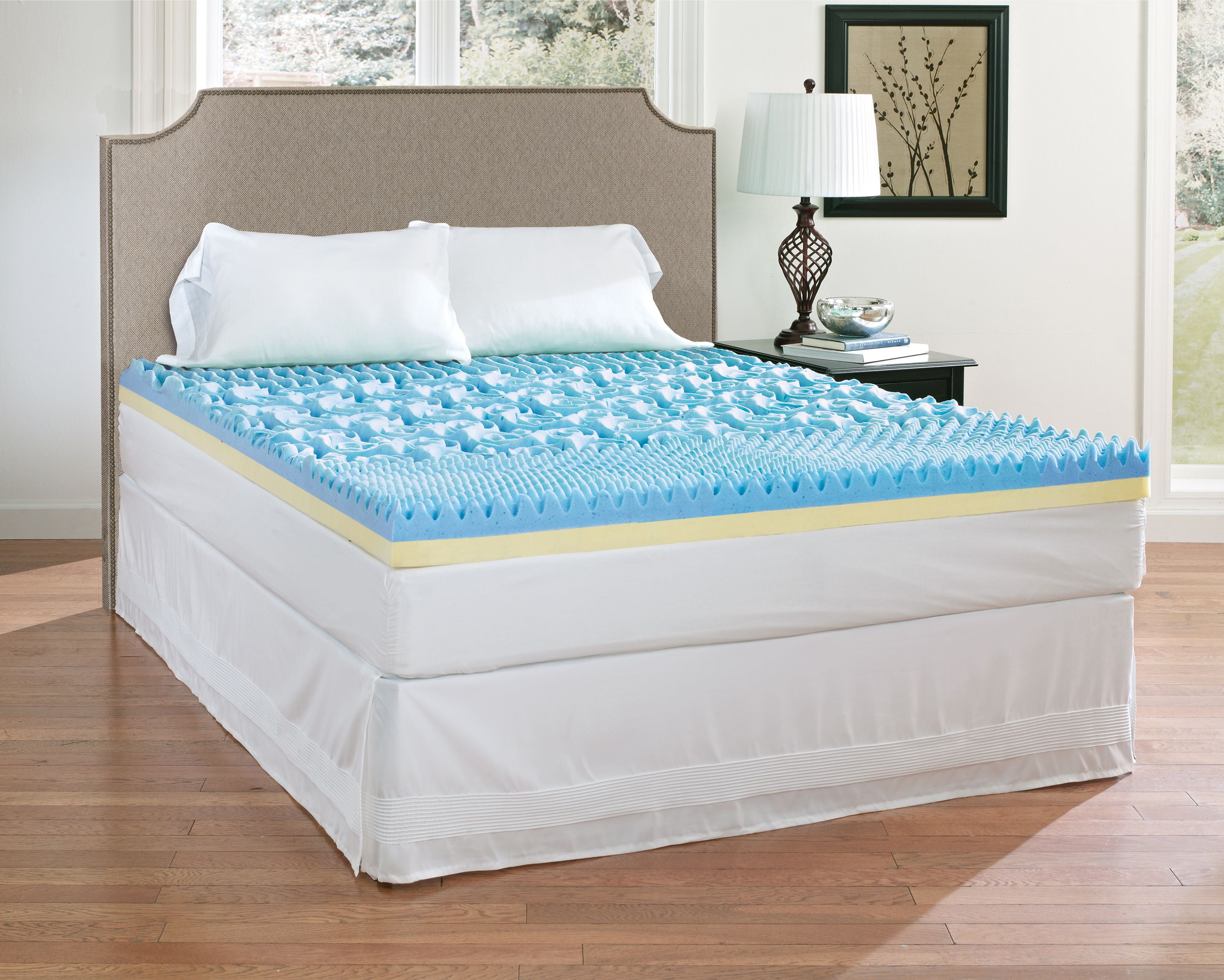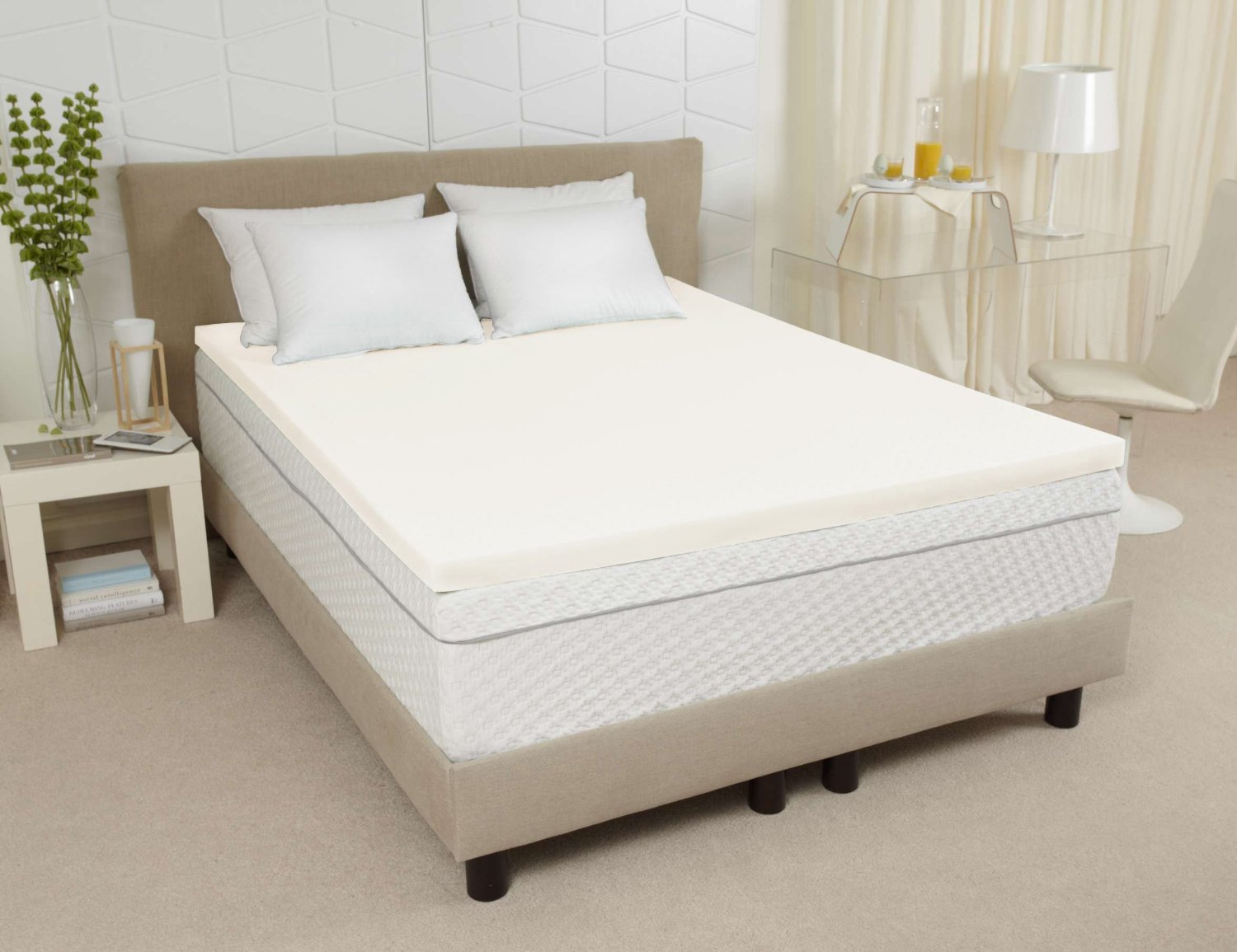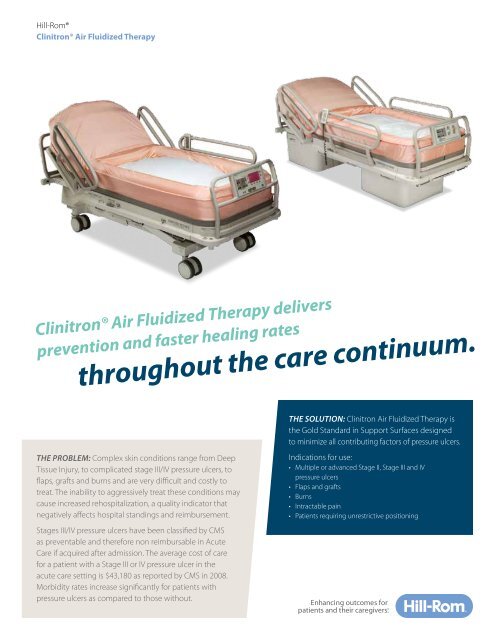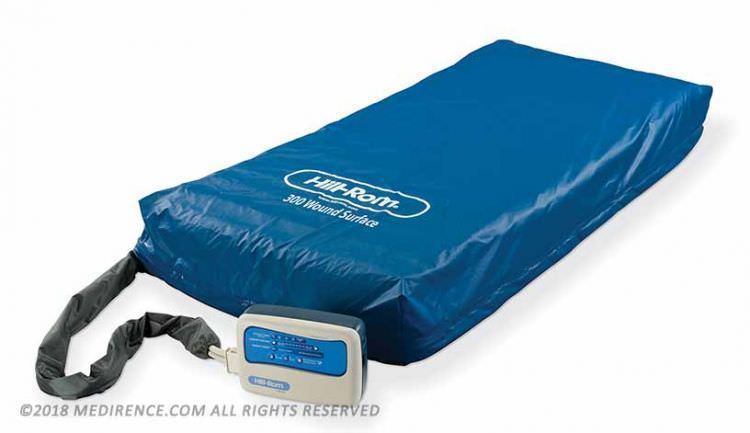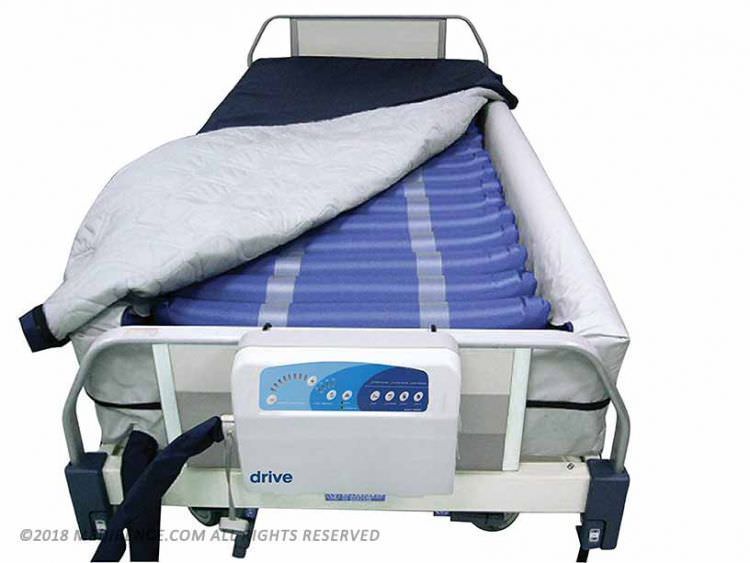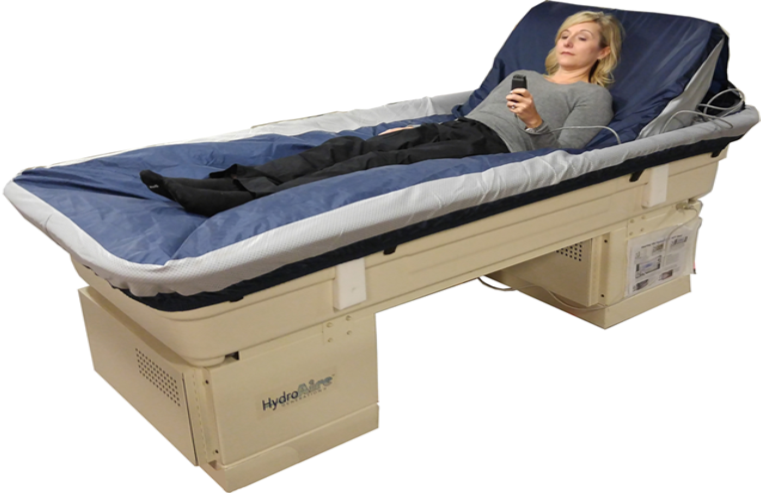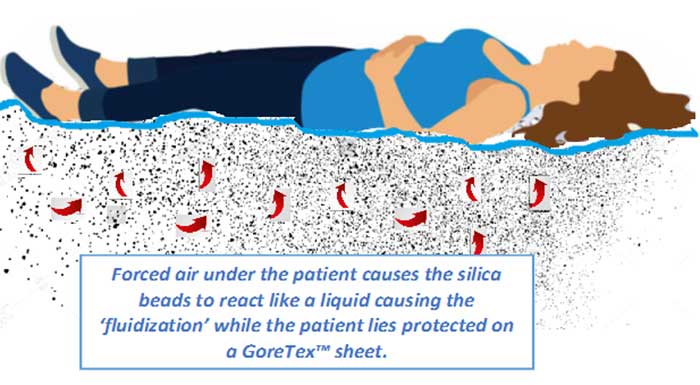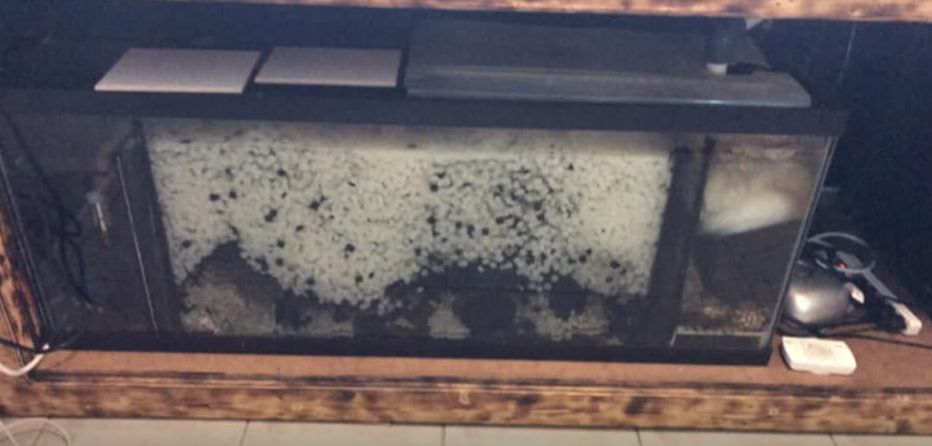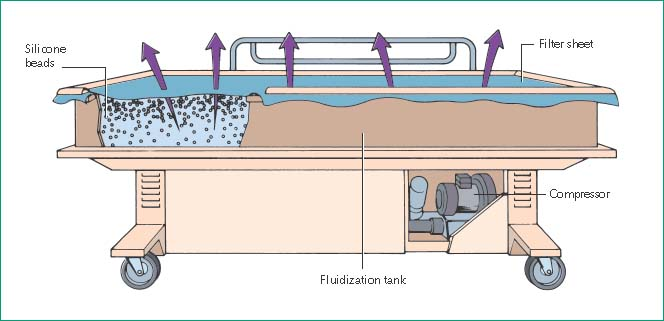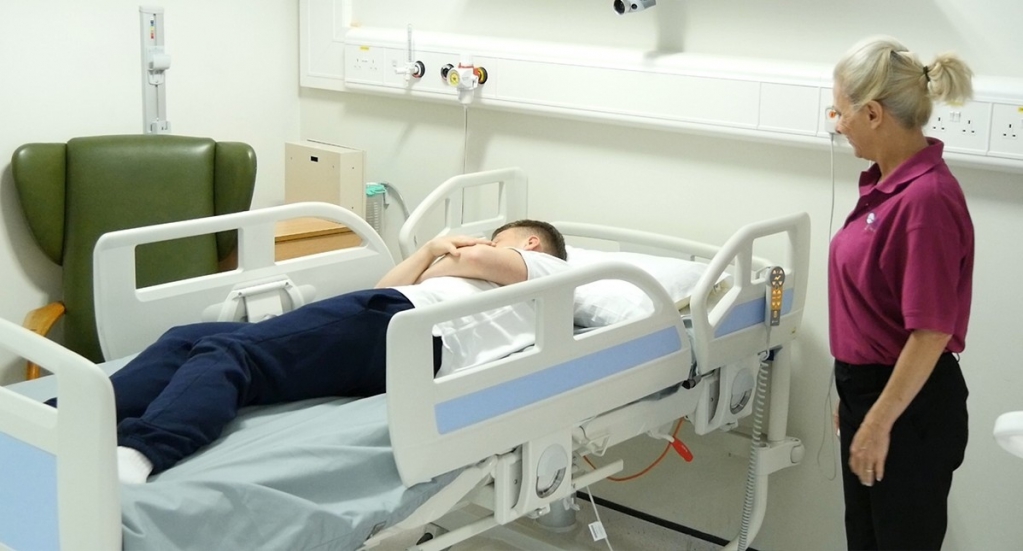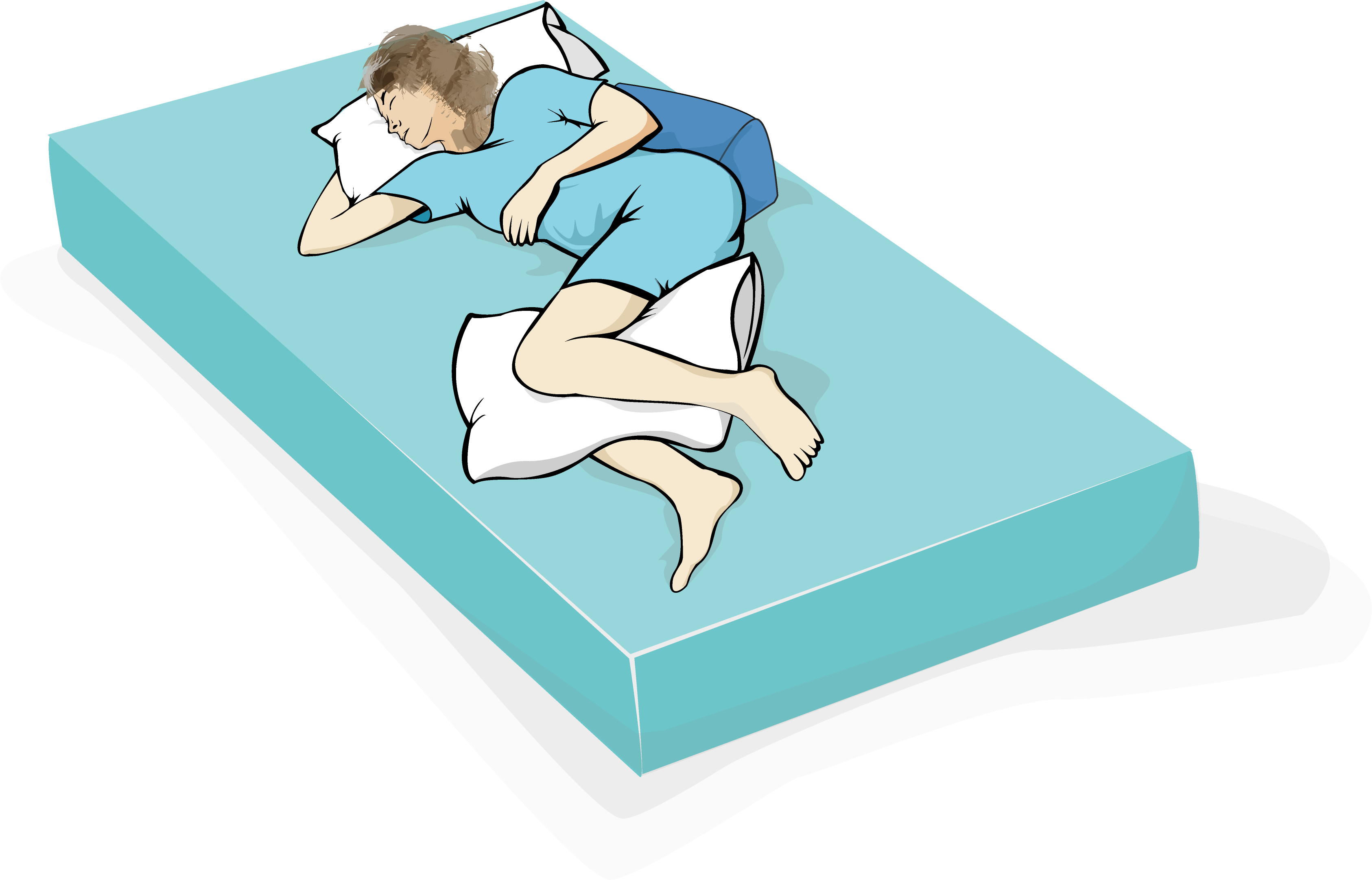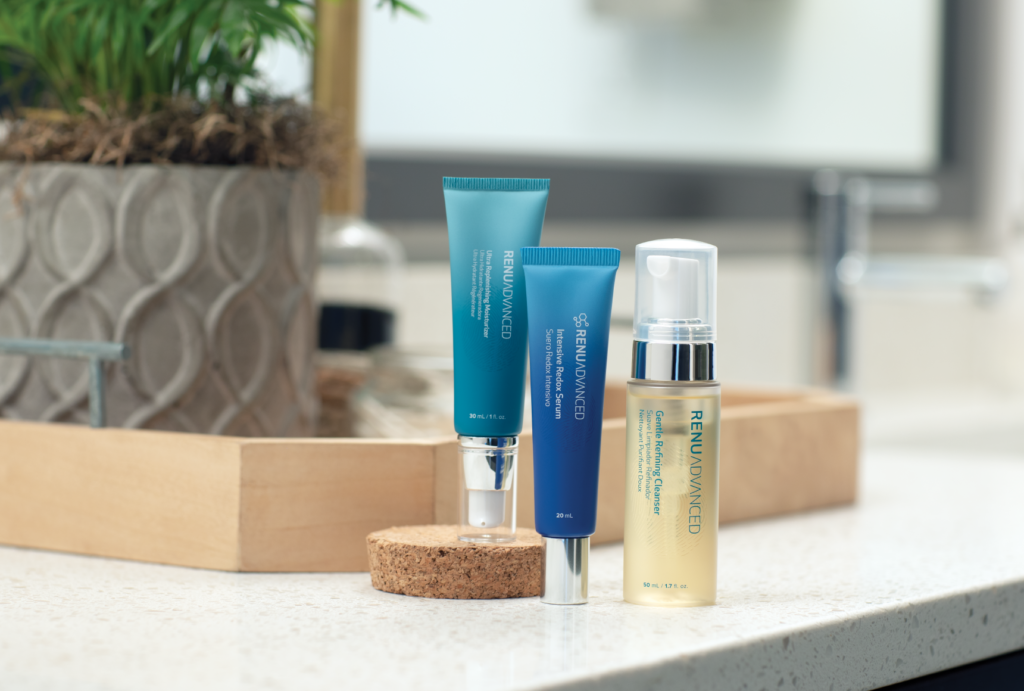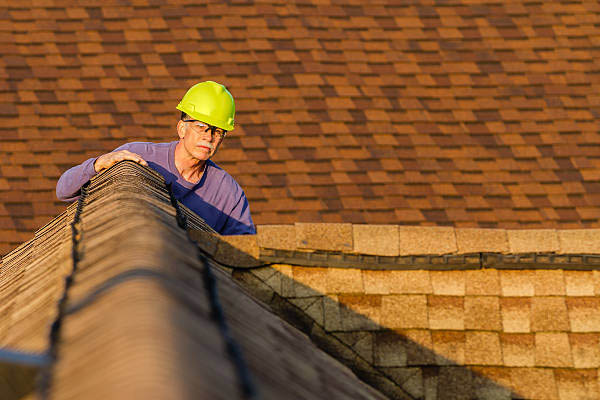1. Pressure Relief Mattresses
One of the most common causes of bed sores is prolonged pressure on the skin, which can restrict blood flow and lead to tissue damage. A pressure relief mattress is designed to distribute body weight evenly and alleviate pressure points, reducing the risk of bed sores. These mattresses have special materials, such as memory foam or air-filled chambers, that conform to the body's shape and provide support without putting excessive pressure on any one area. Investing in a pressure relief mattress is a crucial step in preventing bed sores.
2. Alternating Pressure Mattresses
For those who are at high risk for bed sores, an alternating pressure mattress may be a better option. These mattresses use a system of air cells that inflate and deflate in a cyclical pattern, constantly changing the pressure points on the body. This helps to improve blood flow and reduce the risk of bed sores. Alternating pressure mattresses are often used in hospitals and long-term care facilities, but can also be purchased for home use.
3. Low Air Loss Mattresses
Low air loss mattresses are similar to alternating pressure mattresses, but have the added benefit of air cells that constantly release small amounts of air to keep the skin cool and dry. This is important for preventing moisture buildup, which can increase the risk of skin breakdown and bed sores. Low air loss mattresses are also helpful for those with existing bed sores, as the constant airflow can promote healing and prevent infection.
4. Foam Mattresses
Foam mattresses are a popular choice for those at risk of bed sores due to their pressure-relieving properties. They are made of high-density foam that contours to the body and provides support without putting undue pressure on any one area. Foam mattresses are also lightweight and easy to clean, making them a practical option for both home and medical use.
5. Gel Mattresses
Gel mattresses are another type of pressure relief mattress that uses gel-filled chambers to distribute body weight and reduce pressure points. The gel material is also cooling and can help to prevent moisture buildup, making it a good choice for those with sensitive skin or a high risk of bed sores. Gel mattresses are often used in hospitals and nursing homes, but can also be purchased for home use.
6. Air Fluidized Beds
For those with severe mobility issues or existing bed sores, an air fluidized bed may be the best option. These beds use small silicone beads to create a fluid-like surface that conforms to the body and reduces pressure points. The constant movement of the beads also helps to promote blood flow and prevent moisture buildup. Air fluidized beds are typically used in hospitals or specialized care facilities, but can also be purchased for home use.
7. Turning and Repositioning
In addition to using a pressure-relieving mattress, it is important to regularly turn and reposition the body to prevent prolonged pressure on any one area. This can be done every 2-3 hours while in bed, or more frequently if needed. Caregivers should also make sure to use proper lifting techniques and support devices to avoid putting pressure on bony prominences, such as the hips and shoulders.
8. Skin Care
Keeping the skin clean and dry is crucial for preventing bed sores. This includes using mild soaps and moisturizers, and regularly checking for any redness or irritation. If the skin is starting to break down, it is important to take extra precautions, such as using barrier creams, to protect the affected area and promote healing.
9. Nutrition
Proper nutrition is essential for maintaining healthy skin and preventing bed sores. A well-balanced diet that includes protein, vitamins, and minerals can help to promote tissue repair and prevent skin breakdown. For those who are unable to eat a regular diet, nutritional supplements may be necessary to ensure adequate intake.
10. Regular Skin Inspections
Regular skin inspections are key to catching any signs of bed sores early on. Caregivers should closely monitor the skin for any redness, swelling, or changes in texture. If a bed sore is suspected, it is important to seek medical attention immediately to prevent further damage and potential infection.
In conclusion, preventing bed sores involves a combination of strategies, including using pressure relief mattresses, regular turning and repositioning, proper skin care, and good nutrition. By implementing these measures, individuals can greatly reduce their risk of developing bed sores and promote overall skin health.
Why a High-Quality Mattress is Essential for Preventing Bed Sores

Understanding the Dangers of Bed Sores
 When it comes to house design, there are many factors to consider, such as aesthetics, functionality, and comfort. However, one aspect that is often overlooked is the type of
mattress
used in a bedroom. While it may seem like a simple decision, the quality of a
mattress
can greatly impact the health and well-being of its users, especially when it comes to preventing
bed sores
. Bed sores, also known as pressure ulcers, are a common issue for individuals who spend a significant amount of time in bed, and they can have serious consequences if left untreated. In this article, we will discuss why a high-quality
mattress
is essential for preventing
bed sores
and how you can choose the best one for your needs.
When it comes to house design, there are many factors to consider, such as aesthetics, functionality, and comfort. However, one aspect that is often overlooked is the type of
mattress
used in a bedroom. While it may seem like a simple decision, the quality of a
mattress
can greatly impact the health and well-being of its users, especially when it comes to preventing
bed sores
. Bed sores, also known as pressure ulcers, are a common issue for individuals who spend a significant amount of time in bed, and they can have serious consequences if left untreated. In this article, we will discuss why a high-quality
mattress
is essential for preventing
bed sores
and how you can choose the best one for your needs.
The Link Between Mattress Quality and Bed Sores
 Bed sores are caused by prolonged pressure on the skin, which can occur when a person remains in one position for an extended period. This is why
mattress
quality is crucial in preventing
bed sores
. A poor-quality
mattress
can create pressure points on the body, leading to decreased blood flow and tissue damage. On the other hand, a high-quality
mattress
can distribute the body's weight evenly, reducing the risk of developing
bed sores
. Additionally, a
mattress
with good support can also promote proper alignment of the spine, which is essential for maintaining healthy skin.
Bed sores are caused by prolonged pressure on the skin, which can occur when a person remains in one position for an extended period. This is why
mattress
quality is crucial in preventing
bed sores
. A poor-quality
mattress
can create pressure points on the body, leading to decreased blood flow and tissue damage. On the other hand, a high-quality
mattress
can distribute the body's weight evenly, reducing the risk of developing
bed sores
. Additionally, a
mattress
with good support can also promote proper alignment of the spine, which is essential for maintaining healthy skin.
Choosing the Right Mattress for Bed Sore Prevention
 Now that we understand the importance of a high-quality
mattress
in preventing
bed sores
, let's discuss how to choose the right one. When shopping for a
mattress
, look for features such as pressure relief and support. Memory foam
mattresses
are often recommended for individuals at risk of developing
bed sores
as they conform to the body's shape and reduce pressure points. Additionally, adjustable
mattresses
can provide customizable support, allowing for changes in position without disrupting sleep. It is also essential to consider the firmness of the
mattress
as it can affect the amount of pressure placed on the body.
Now that we understand the importance of a high-quality
mattress
in preventing
bed sores
, let's discuss how to choose the right one. When shopping for a
mattress
, look for features such as pressure relief and support. Memory foam
mattresses
are often recommended for individuals at risk of developing
bed sores
as they conform to the body's shape and reduce pressure points. Additionally, adjustable
mattresses
can provide customizable support, allowing for changes in position without disrupting sleep. It is also essential to consider the firmness of the
mattress
as it can affect the amount of pressure placed on the body.
Invest in Your Health and Comfort
 In conclusion, a high-quality
mattress
is not only essential for a good night's sleep but also for preventing
bed sores
. By investing in a
mattress
with pressure relief and support features, you can protect your skin and overall health. Don't overlook the role of a
mattress
in house design; instead, prioritize your well-being by choosing a
mattress
that meets your needs and provides the necessary comfort and support for a healthy and restful sleep.
In conclusion, a high-quality
mattress
is not only essential for a good night's sleep but also for preventing
bed sores
. By investing in a
mattress
with pressure relief and support features, you can protect your skin and overall health. Don't overlook the role of a
mattress
in house design; instead, prioritize your well-being by choosing a
mattress
that meets your needs and provides the necessary comfort and support for a healthy and restful sleep.




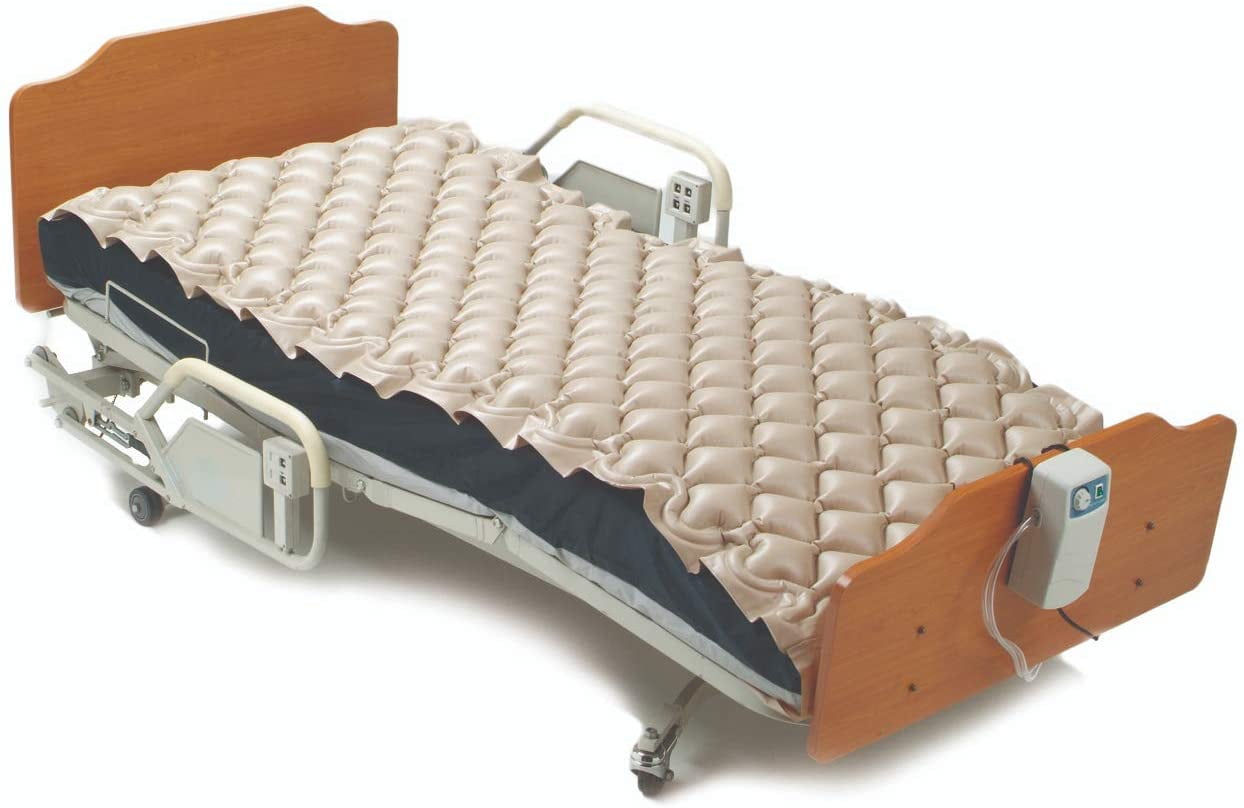

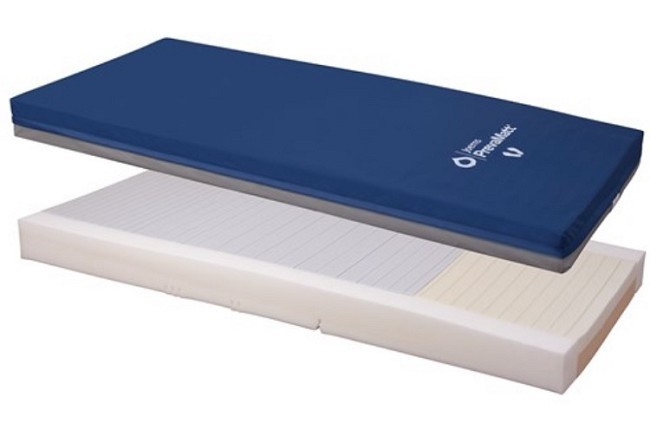



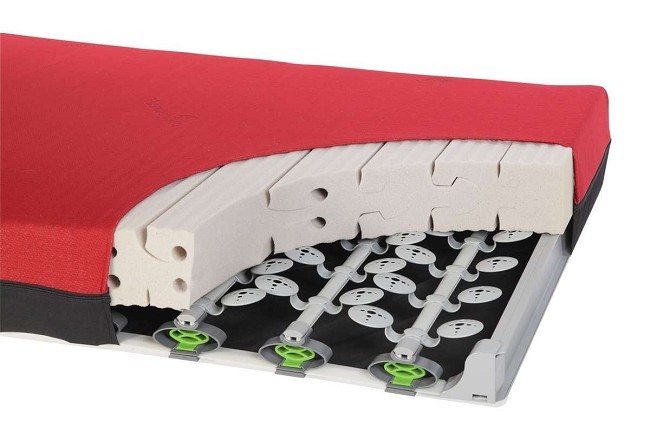





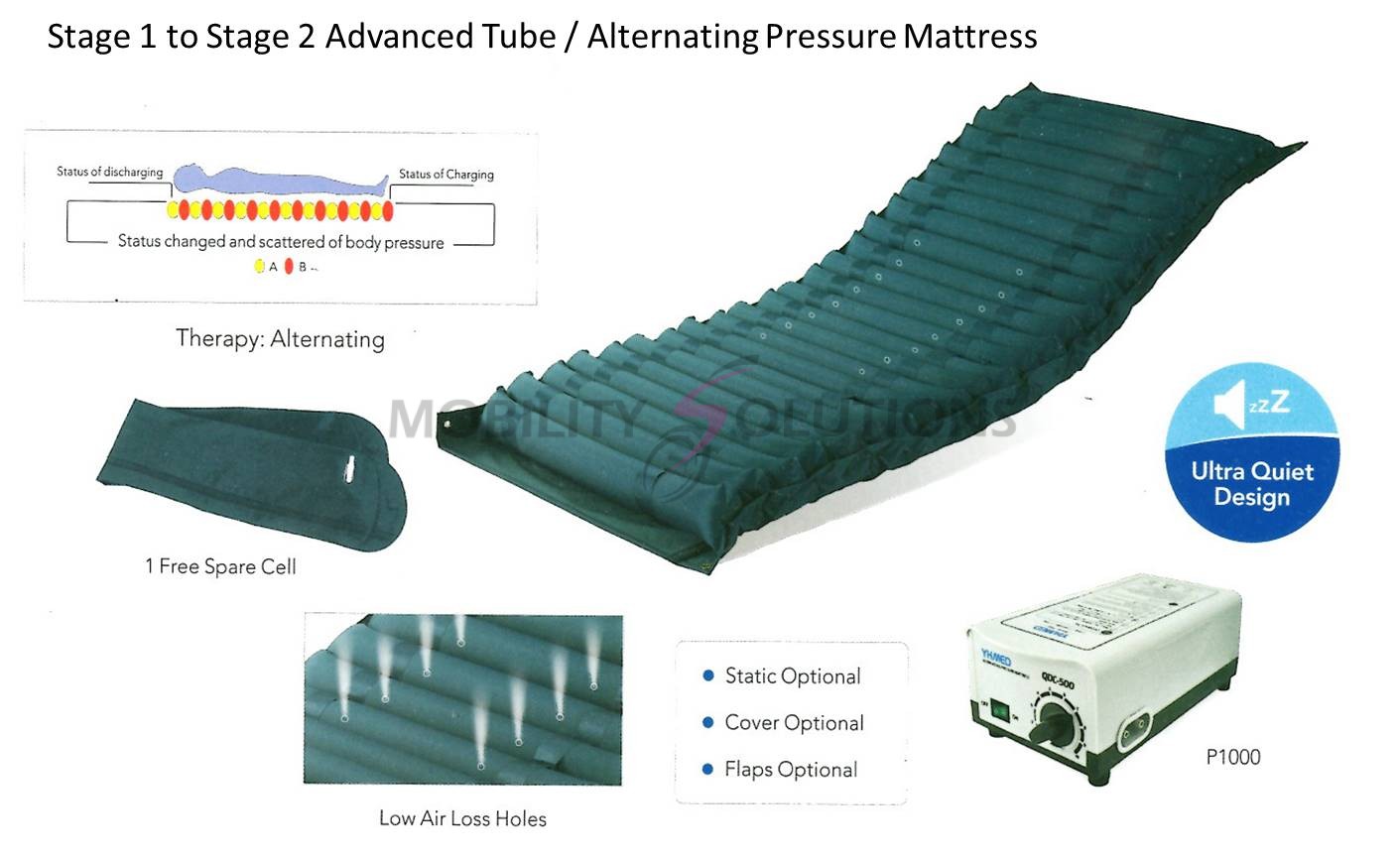
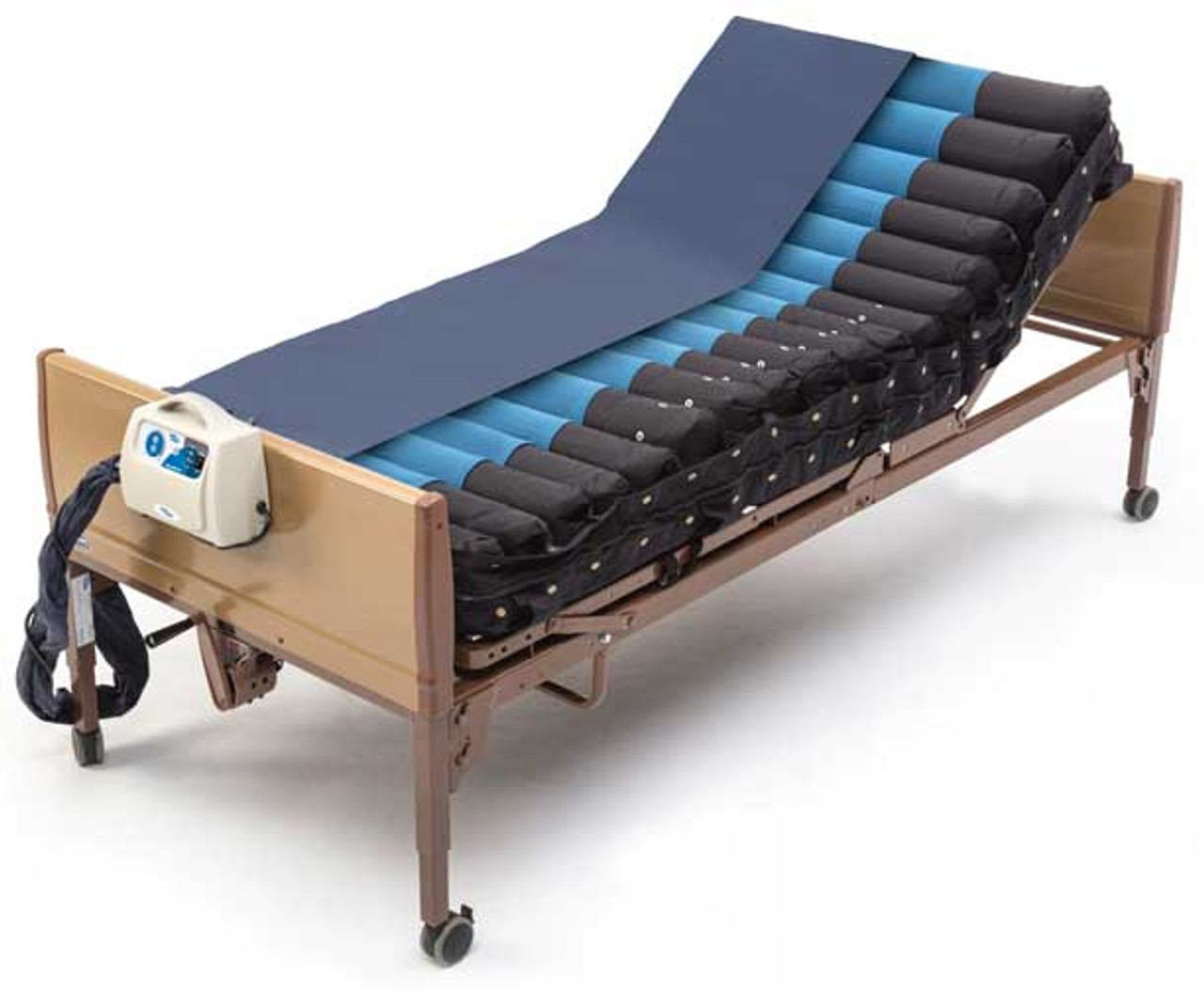






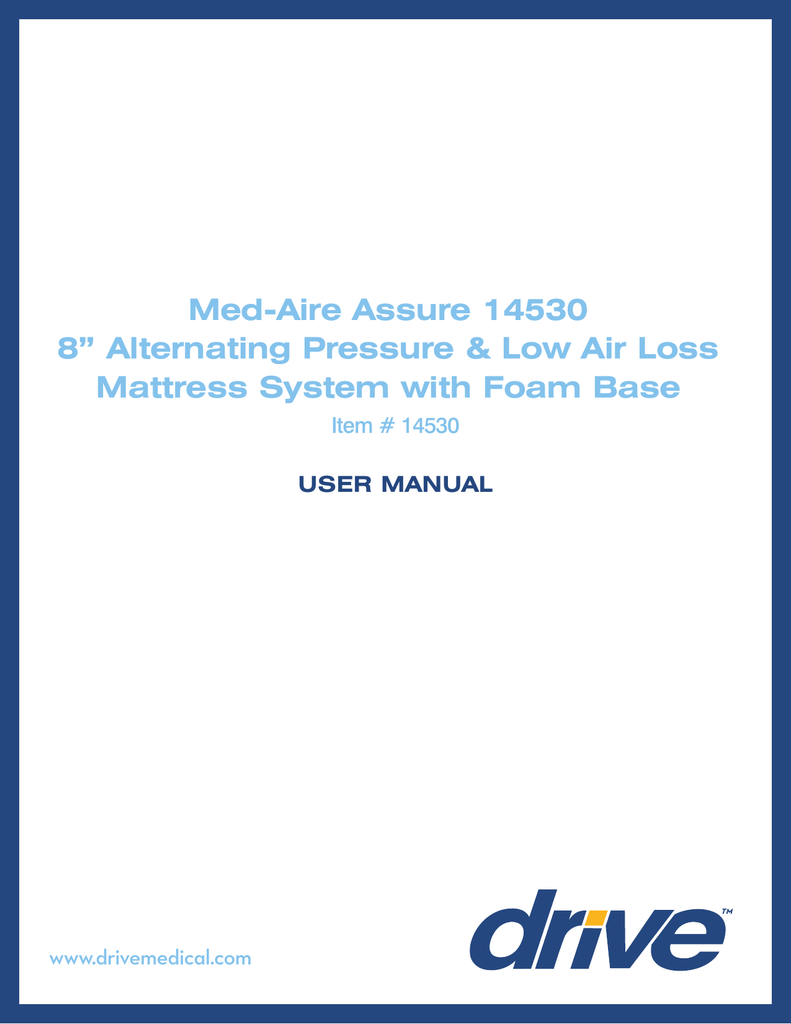
.jpg&newwidth=540&quality=80)

